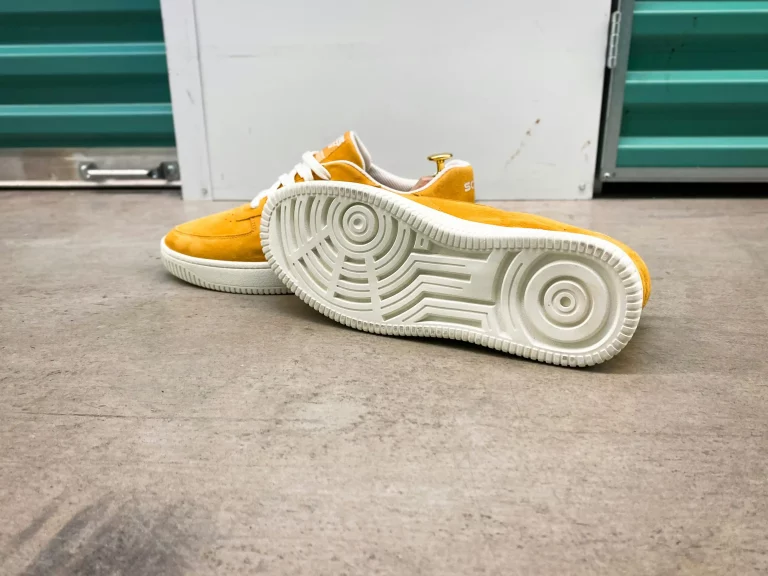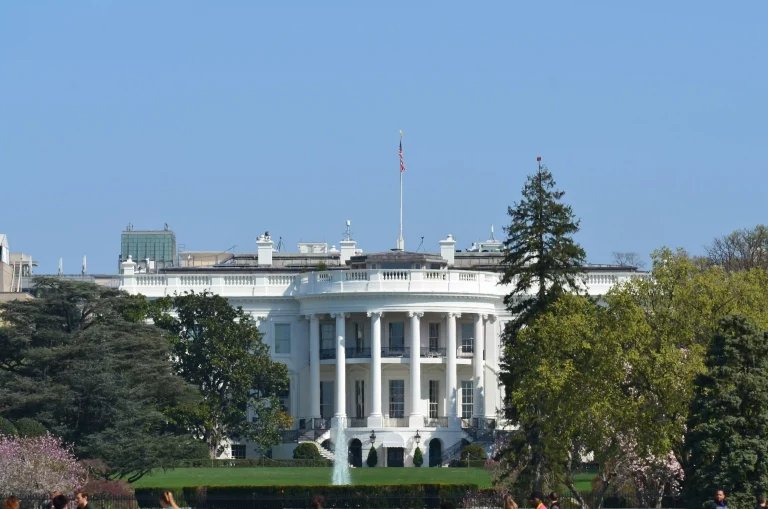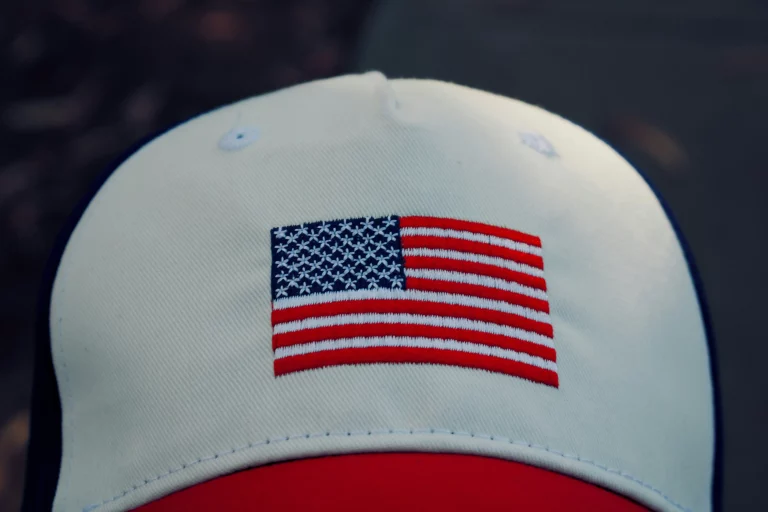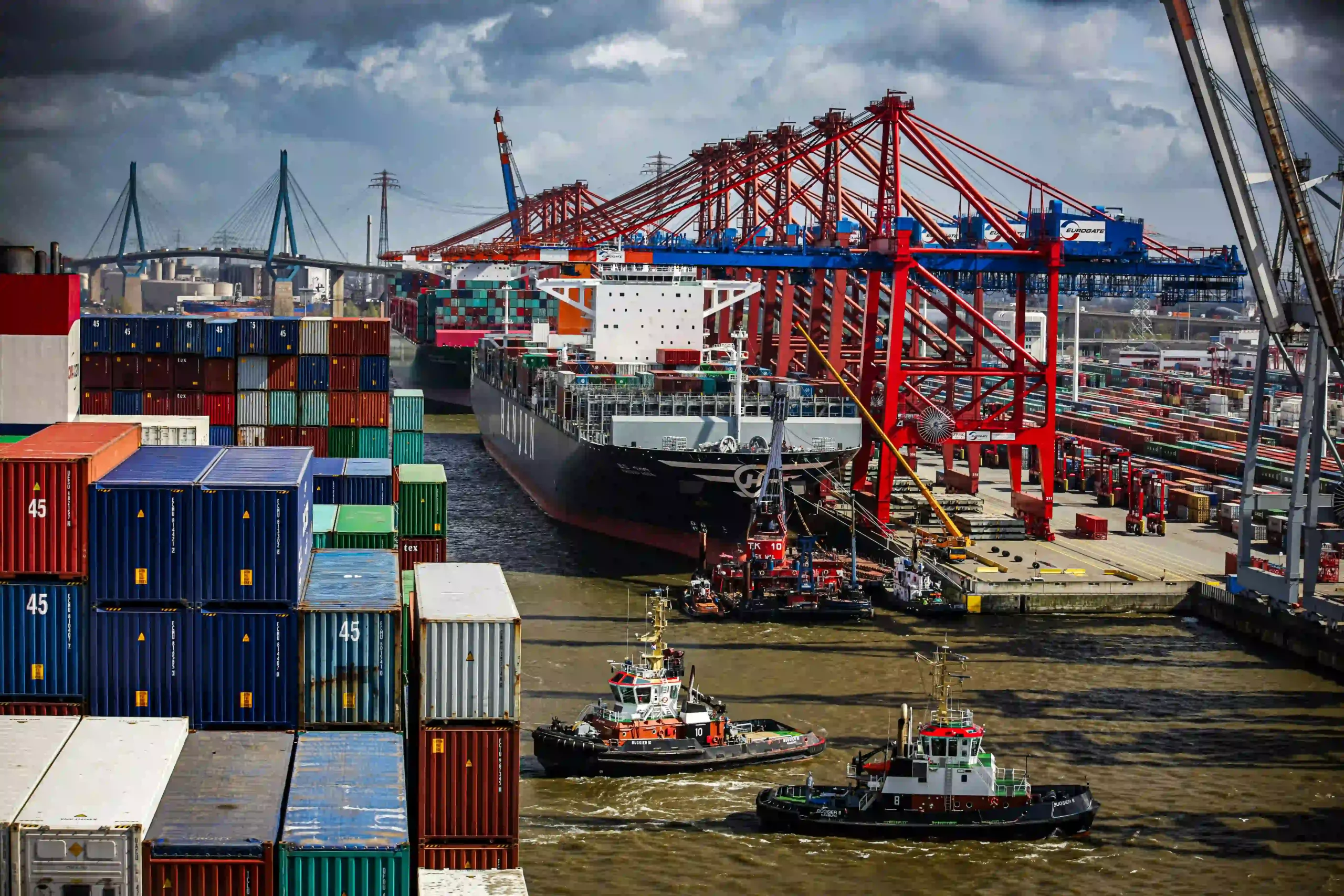
The global footwear industry depends greatly on shoe manufacturers in China. They make a large share of the world’s shoes. However, bringing shoes into the United States is tricky. One big issue is US tariffs. These taxes can raise costs a lot. This hurts profits for buyers. For companies working with shoe manufacturers in China, knowing how to classify tariffs, use HS codes, and take advantage of trade deals is key. These steps help cut costs. This blog gives a clear, step-by-step plan. It helps buyers avoid US tariff problems. It offers simple ways to save money while partnering with trusted shoe manufacturers in China.
Understanding US Tariffs and Their Impact on Footwear Imports
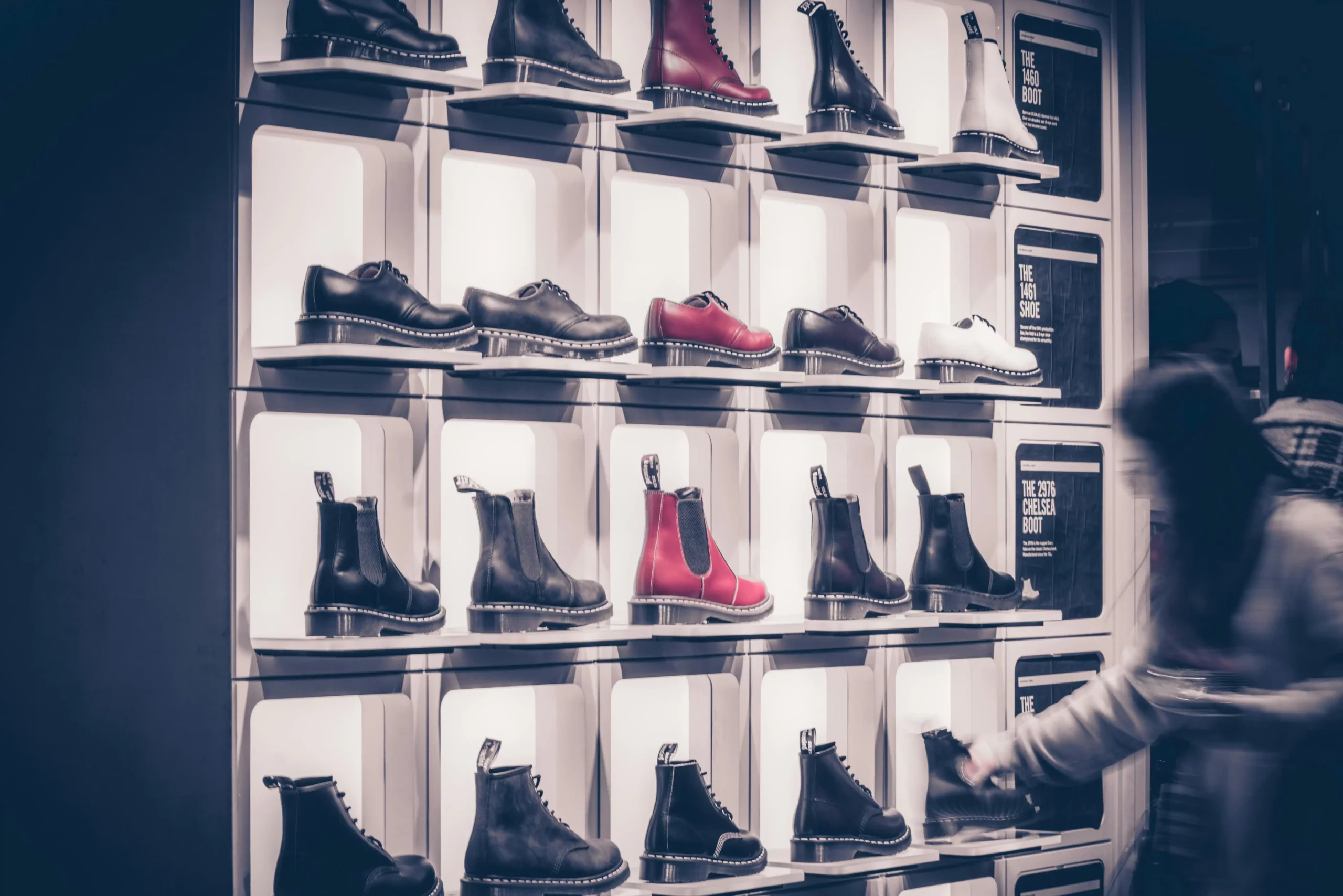
What Are US Tariffs?
US tariffs are taxes placed by the U.S. government on goods brought in from other countries. This includes shoes from shoe manufacturers in China. These taxes aim to protect local businesses, raise money, or fix trade issues. For shoes, taxes change based on things like materials, how they’re made, and their purpose. The US tariff rates for shoes can be 8.5% to 37.5%. Also, extra taxes under Section 301 target Chinese goods. These often add 10-25% to costs.
Why Tariffs Matter for Importers
Not planning for US tariffs when buying from shoe manufacturers in China can shrink profits. Mislabeling products or missing trade deals can cause surprise costs. It can also delay shipments or lead to fines. By learning tariff rules and finding ways to save, buyers can improve their supply chain. This keeps them strong in the U.S. market.
Step-by-Step Guide to Avoiding US Tariff Pitfalls

Handling US tariffs needs a smart plan. Below is a clear guide to help buyers label shoes correctly, use proper HS codes, and use trade deals to save money when working with shoe manufacturers in China.
Step 1: Understand Tariff Classification for Footwear
What Is Tariff Classification?
Tariff classification sets the tax rate for imported goods. For shoes, it depends on materials (like leather, fabric, or rubber), how they’re made (glued or stitched), and their use (sports, casual, or work). The U.S. Customs Service uses a system called the Harmonized Tariff Schedule of the United States (HTSUS) to decide taxes.
How to Classify Footwear Correctly
To avoid US tariff mistakes, follow these steps:
- Check Materials: Find the main material, like leather or fabric. For example, leather shoes often have higher taxes than fabric ones.
- Look at How They’re Made: Know the production method, like glued or stitched. This affects the HTSUS category.
- Know Their Purpose: Decide if the shoes are for sports, work, or everyday wear. Each type has different tax rates.
- Use HTSUS: Check the HTSUS database to find the right tax code. For example, men’s leather sports shoes are under HTSUS 6403.19. They have a 4.8% tax rate.
Mislabeling can lead to paying too much or getting fined. Working with experts, like those offering Inspection & Quality Control Services, ensures correct labeling.
Step 2: Assign Accurate HS Codes
What Are HS Codes?
The Harmonized System (HS) is a worldwide system for labeling traded goods. HS codes, used in the HTSUS, have six to ten digits. The first six are the same globally. For shoes, HS codes are in Chapter 64 (Footwear, Gaiters, and Parts).
How to Find the Right HS Code
To use correct HS codes when buying from shoe manufacturers in China:
- List Product Details: Note the material, how it’s made, and its use. For example, women’s fabric sneakers might use HS code 6404.11.
- Use Online Tools: Websites like the U.S. International Trade Commission’s HTS Search tool help find codes.
- Check with Suppliers: Work with shoe manufacturers in Chinato confirm product details. For custom shoes, our Customized Service can help match designs to tax-friendly materials.
- Ask Customs Brokers: Talk to professionals. They ensure codes are right and avoid expensive errors.
| HS Code | Description | US Tariff Rate |
| 6403.19 | Men’s leather athletic shoes | 4.8% |
| 6404.11 | Women’s textile sneakers | 10% + $0.90/pair |
| 6402.99 | Plastic casual shoes | 12.5% |
Correct HS codes prevent delays. They also lower US tariff costs.
Step 3: Leverage Trade Agreements and Exemptions
Exploring Trade Agreements
China isn’t part of big U.S. free trade deals like the USMCA. Still, buyers can use other ways to cut US tariffs:
- Generalized System of Preferences (GSP): China isn’t in the GSP program. However, using parts from GSP countries, like Vietnam for soles, can lower taxes on partly made shoes.
- First Sale Rule: If shoes are sold to a middleman before entering the U.S., the lower “first sale” price can be used for taxes. This saves money.
- Foreign Trade Zones (FTZs): Bring shoes into an FTZ to delay taxes until they reach the U.S. market. This helps with cash flow.
Section 301 Tariff Mitigation
Section 301 taxes, placed on Chinese goods, affect shoes a lot. To reduce these:
- Ask for Exclusions: Apply for special exemptions if your shoes meet U.S. Trade Representative rules.
- Change Supply Chains: Use parts from countries other than China. This can qualify for lower taxes.
- Work with Customs Experts: Team up with professionals. They can find exemptions or better labeling options.
Step 4: Optimize Product Design for Tariff Savings
Designing Tariff-Friendly Footwear
When working with shoe manufacturers in China, design choices can change US tariff rates:
- Pick Lower-Tax Materials: Fabric uppers often have lower taxes than leather. For example, switching from leather to fabric can cut taxes from 20% to 10%.
- Keep Designs Simple: Avoid complex designs that lead to higher tax categories.
- Customize Smartly: Use our Customized Service to create shoes that fit low-tax HS codes.
Collaborate with Manufacturers
Talk to shoe manufacturers in China early in the design process. For example, the Yiwu Shoes Market has producers skilled in making tax-friendly shoes. Discuss material choices and production methods to fit lower-tax categories.
Step 5: Partner with a Reliable Sourcing Agent
Why a Sourcing Agent Matters
A sourcing agent makes working with shoe manufacturers in China easier. They ensure you follow US tariff rules. They handle supplier checks, tariff labeling, and shipping. This lowers the chance of costly errors.
Benefits of Expert Guidance
- Correct Tariff Labeling: Agents make sure HS codes match product details.
- Cost Savings: They find trade exemptions and tax-friendly designs.
- Quality Checks: Agents confirm product quality. This avoids customs problems.
Holyale: Your Trusted China Shoes Sourcing Agent
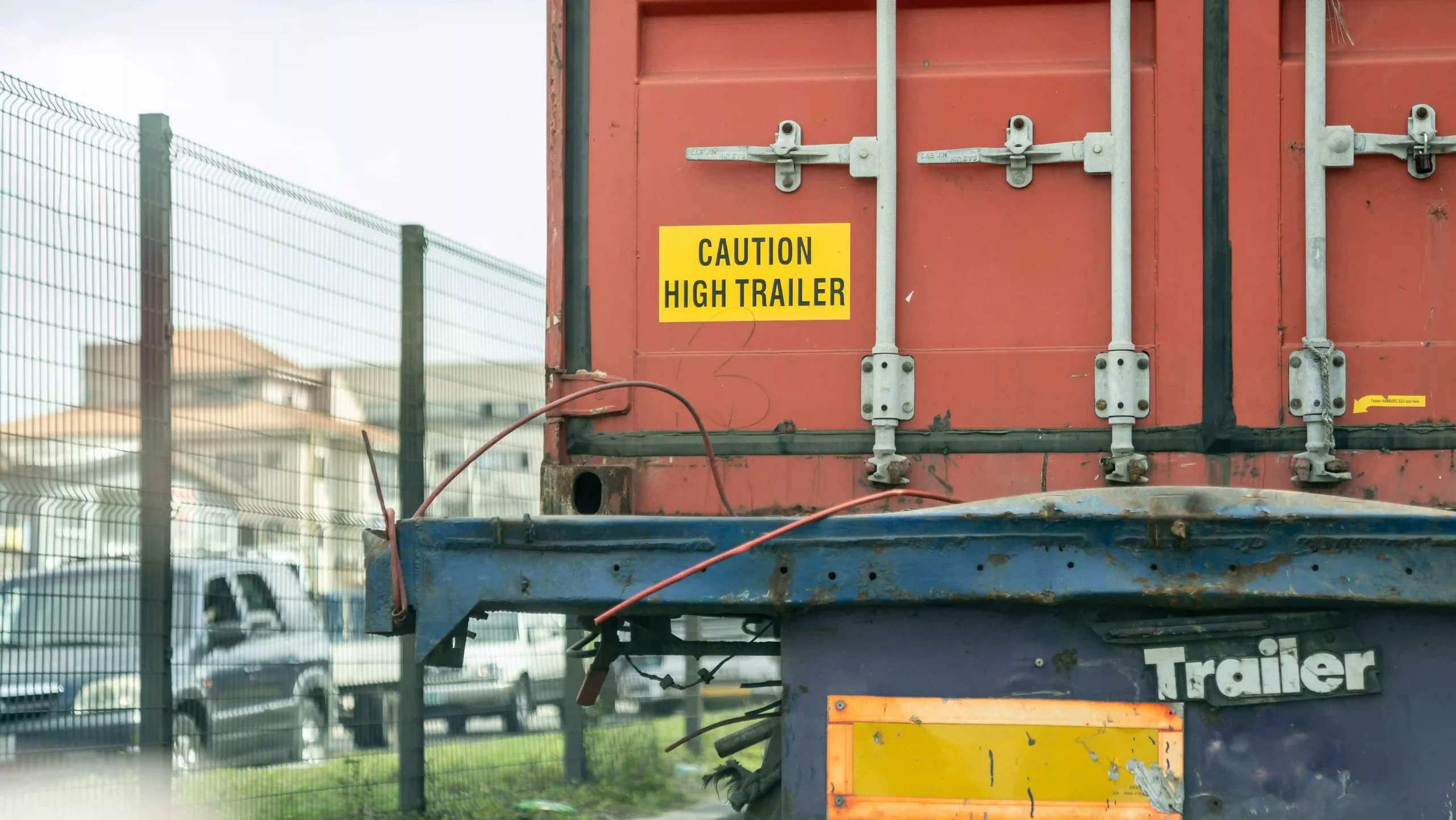
Navigating US tariffs while buying from shoe manufacturers in China is tough. Holyale makes it simple. Since 2002, Holyale has been a top sourcing company. It offers complete services for global businesses. With offices in Yiwu, Hangzhou, and Guangzhou, Holyale has a network of over 10,000 trusted suppliers. It connects buyers with reliable shoe manufacturers in China. From tariff labeling to quality checks and shipping, Holyale ensures cost-effective, rule-following sourcing. Visit Holyale’s homepage to see how we can help you avoid US tariff problems.
FAQs: Addressing Common Concerns About US Tariffs
Q1. How do US tariffs affect the cost of importing shoes from shoe manufacturers in China?
A1. US tariffs raise the total cost of shoes. They add taxes from 8.5% to 37.5%. Section 301 taxes may add 10-25% more. Correct HS codes and trade exemptions can lower these costs.
Q2. What happens if I use the wrong HS code when importing from shoe manufacturers in China?
A2. Using the wrong HS code can mean paying too much in US tariffs. It can also cause customs delays or fines. Always check codes with suppliers. Talk to customs brokers for accuracy.
Q3. Can I avoid US tariffs by sourcing from shoe manufacturers in China?
A3. US tariffs apply to Chinese goods. However, using parts from GSP countries, the First Sale Rule, or FTZs can save money. Redesigning shoes with low-tax materials also helps.
Q4. How can I find tariff-friendly shoe designs from shoe manufacturers in China?
A4. Work with shoe manufacturers in China to use low-tax materials like fabric instead of leather. Keep production simple to fit lower-tax HS codes.
Call to Action: Source Smarter and Save on Tariffs
Handling US tariffs when buying from shoe manufacturers in China doesn’t have to be hard. Learn tariff labeling. Use correct HS codes. Take advantage of trade exemptions. Partner with experts. These steps will save money and increase profits. Ready to improve your shoe sourcing? Contact Holyale today. Connect with trusted shoe manufacturers in China. Avoid US tariff problems. Let’s make your import process affordable and rule-following!

